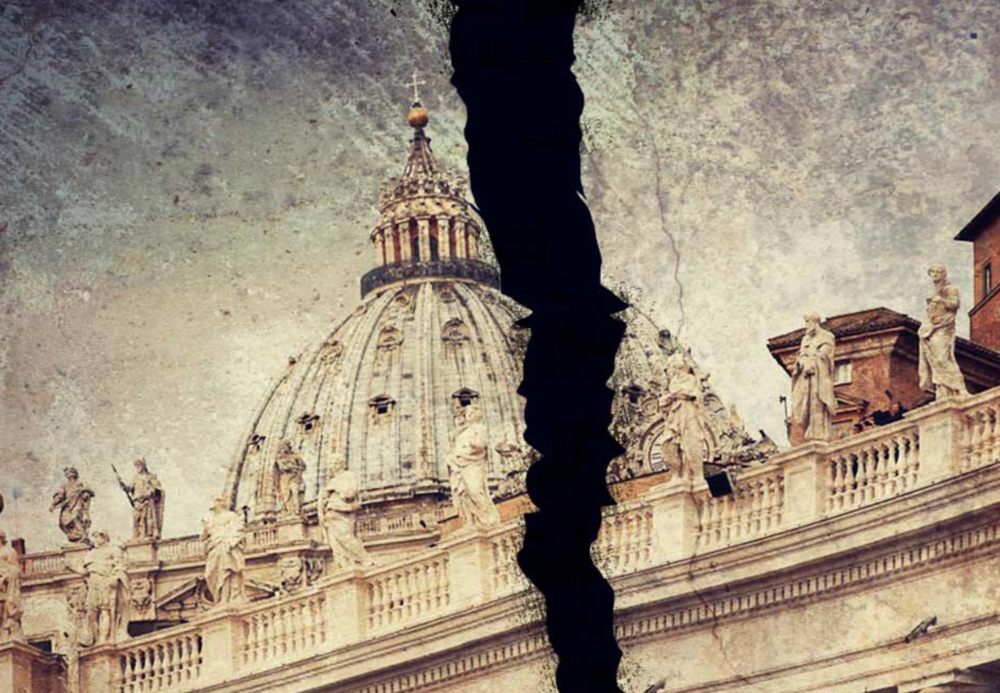During my decades on the religion-news beat, I have had conversations with editors about this fact of journalism life in lots of zip codes: Readers who are active in religious congregations tend to be interested in reading news about nuts-and-bolts issues linked to what happens in pews, pulpits, worship, music, religious education, etc.
The problem, of course, is that the vast majority of secular journalists — editors, for example — are not interested in these topics. They don’t “get” why stories that are really, really about religion (as opposed to religion and politics) matter all that much.
As an editor in Charlotte once told me (while discussing a seismic event in Southern Baptist Convention life that created a firestorm among readers): “Nobody reads this stuff but fanatics and every time you write about it we get too many letters to the editor.”
This brings us to a Christianity Today headline — pushed with a clever tweet by Daniel Silliman — that I thought deserved “think piece” status this week: “6 Reasons Bedside Baptist and Church of the Holy Comforter Are So Popular.”
Alas, that story will, for most GetReligion readers, be locked behind a paywall. However, the original Lifeway Research essay by Aaron Earls was also posted at the Baptist Press website. Here is the gently snarky overture:
Jesus said the gates of hell will not prevail against His Church, but sleet and hail will keep many churchgoers out of the pew on a Sunday. In fact, some may even skip to get a little extra sleep or watch their favorite team.
A Lifeway Research study of U.S. adults who attend a religious service at a Protestant or non-denominational church at least monthly finds several reasons some will miss church at least once a year.
Respondents were asked how often they would skip a weekly worship service for six different scenarios – to avoid severe weather, to enjoy an outdoor activity in good weather, to get extra sleep, to meet friends, to avoid traveling when it’s raining or to watch sports.










